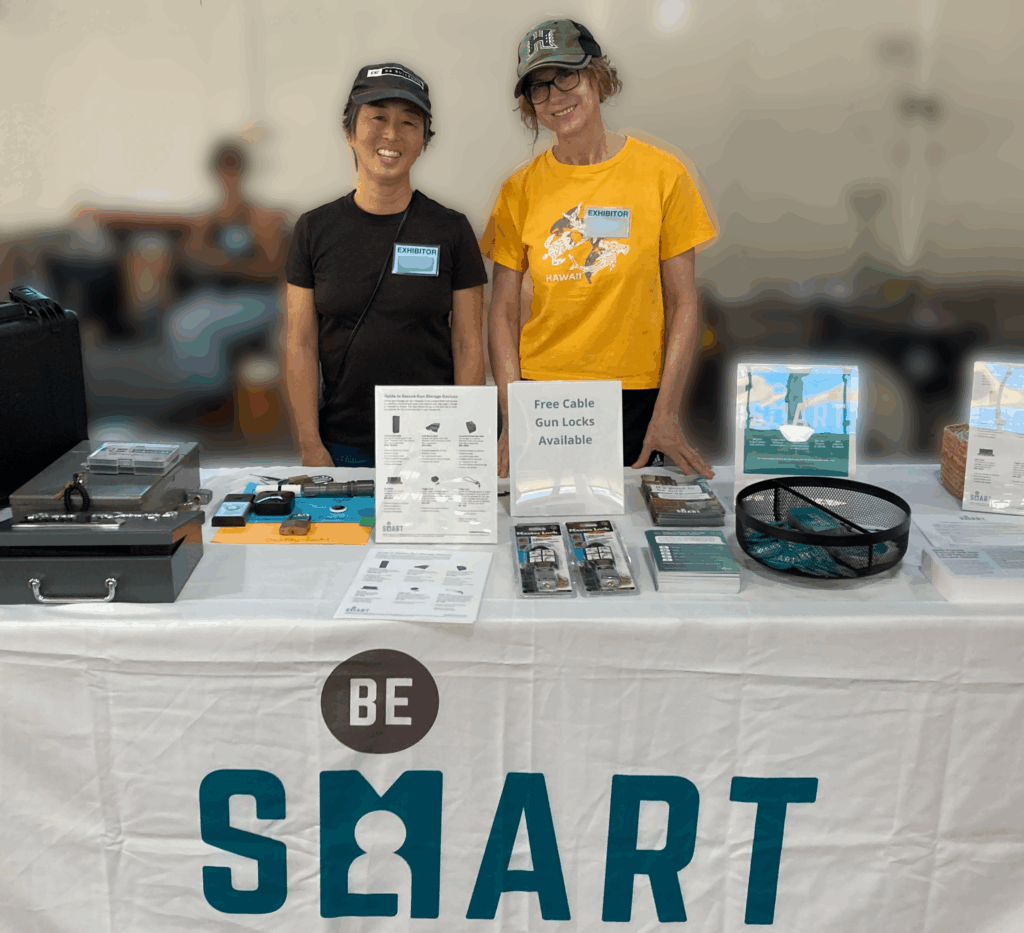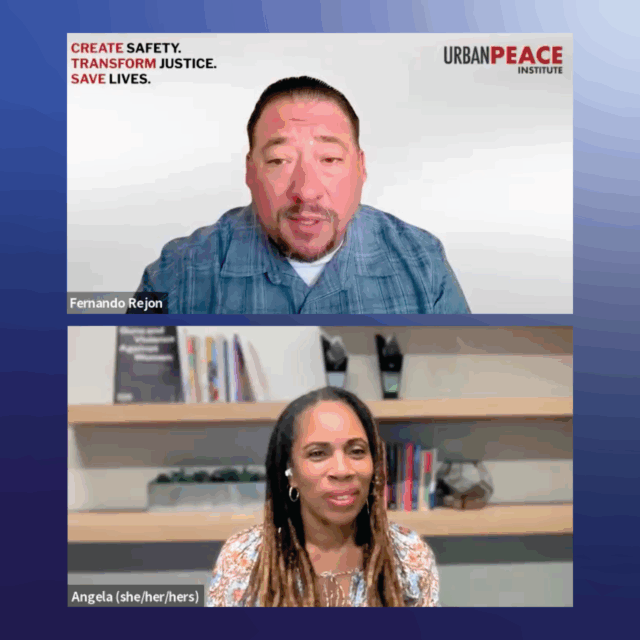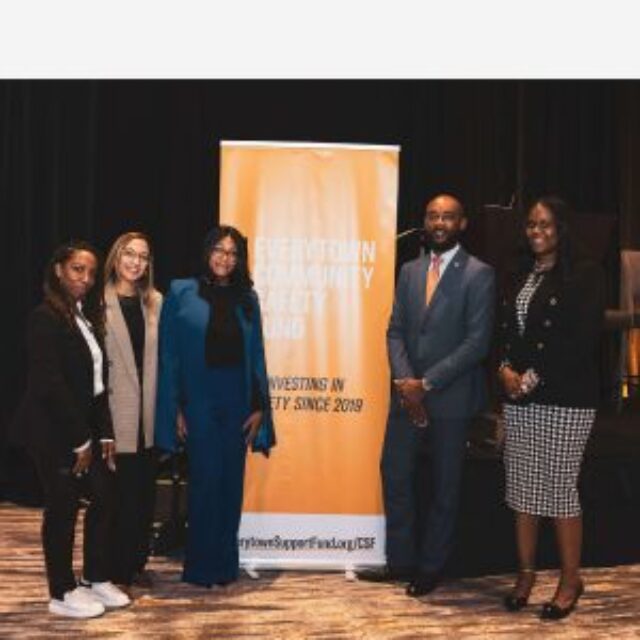How My Work With Be SMART in Hawai‘i Is Shaped by My Japanese American Values

5.30.2025
Growing up Japanese American in Hawaiʻi, there were some things my parents did that obviously originated in Japanese culture. Kodomo no tame ni (making life better for future generations), okagesama de (gratitude for what others have done for you), and kigatsuku (awareness) were all phrases that my father would lecture me on, usually when my Gen X self did something that my WWII Generation father didnʻt approve of.
Throughout my childhood and adolescence, there were other things my parents did that I chalked up to family quirkiness. Only later did I realize that these “quirks” were instead Japanese-American values that they were trying to transmit to me.
One of these was around communication with others. My father liked to unleash the Socratic method of learning when I was trapped on a car ride. One of his favorite topics was dissecting conversations with other people. For example, if a school teacher reminded me, ‘Donʻt forget the test tomorrow,” Dad was quick to follow up. He would add, “Why do you think she said that?” and “What might that say about whether she thinks you would remember on your own?” At the time, I remember thinking this was either a back-handed way to hammer home whatever he wanted me to do, such as study for a test, or a prescription for social anxiety.
It wasn’t until I was much older that I could recognize that he was trying to convey to me in English a concept from his experience of being fluent in both English and Japanese—namely that communication doesn’t just happen in the direct words that someone is saying, but also in what might be implied, who they are, who you are, their expression, their tone, and so forth.
I started to really appreciate what he was teaching me when I was in medical training at a large academic hospital. We cared for a wide range of people who were not just different in where they were born or what languages they spoke, but also in what they thought about the medical system, whether they trusted doctors and nurses, and how they felt about our tests and treatments. Just walking in wearing a long white medical coat could lead one patient to feel reassured and another to feel intimidated. Thinking about peopleʻs reactions and how I could intentionally communicate expanded my ability to make people feel comfortable and keep the conversation focused on how to help folks be the healthiest they can be.
I apply those same principles as the Hawaiʻi Moms Demand Action Volunteer & Be SMART State Community Outreach Lead. The Be SMART program is particularly aligned with my background in health policy and community outreach. As a physician by training, I love that Be SMART takes a conversation about secure storage—or really, several different conversations about kids, firearm injuries, suicide prevention, and secure storage—and helps people talk about it in ways that help them feel comfortable. And when people feel comfortable, then they can get excited about telling others!
The Be SMART approach is designed to be used with different audiences. We use different slides and language when we present to law enforcement and healthcare audiences than we do while talking with community members. We also dialogue with other Be SMART volunteers about what tabling activities help engage different audiences. For example, Steve McHugh, the Illinois Chapter Be SMART co-lead, shared invaluable tips on being welcoming to folks at gun shows in Illinois. His advice was so important in helping us table successfully at a gun show in Hawaiʻi. Be SMART’s emphasis on intentional communication to really meet people wherever they are is a huge part of what makes the program so unique.
“I love that Be SMART takes a conversation—or really, several different conversations about kids, firearm injuries, suicide prevention, and secure storage—and helps people talk about it in ways that help them feel comfortable.”
—Elna Nagasako, Hawai‘i Be SMART State Community Outreach Lead
In Hawaiʻi, as in many other states, you can find Japanese-American folks who grew up with firearms and folks who didn’t, folks who work on injury prevention and health, and folks who arenʻt familiar with the community health aspect of firearms at all. Of course, when you broaden that back out to the full, wonderful scope of what the term “AANHPI” encompasses, that variety grows exponentially.
Asian American, Native Hawaiian, and Pacific Islander communities are not a monolith in viewpoints, linguistics, or culture: “AANHPI” is a broad descriptor of a diverse group of communities. Even within a specific identity description, such as “Japanese American from Hawaiʻi,” you can see a variety of expressions, as my own family exemplifies. My dad was fluent in Japanese and could work as an interpreter; my mom could speak Japanese in a limited way within the household; and I am learning Japanese from Netflix shows that I watch with the subtitles off.
When I think about my parents’ and grandparents’ generations, I reflect on how they worked so hard to make a better life for the people coming after them. At the same time, they made space to get together, share good food, and “talk story.” The examples they set remind me of the importance of finding joy in the middle of the struggle, in our work, and in the other parts of our lives.
I practice this concept in my work with Be SMART by striving to celebrate not just the wins, but also the progress we are making along the way. I’m super proud of starting to expand the firearm suicide prevention work that we are doing in Hawaiʻi, including in the veteran community. We are also expanding our efforts to reduce the stigma that can come alongside mental health awareness and suicide prevention efforts. In my experience growing up, there could be the sense that “We don’t talk about those kinds of things.”
Through our chapter’s Be SMART work in these areas, I’m proud to be living into the values of awareness and making life better for future generations that my father instilled in me throughout my upbringing. In Hawai‘i and across the globe, AANHPI communities already have the power to bring about change in any area—including firearm injury prevention. What we are doing through Be SMART in Hawai‘i is providing topic expertise and saying to folks, “Hey, here’s what we see. Here’s what we have to offer. How can we support the great work that you are already doing?” And if I can help people to put a name to a need they’ve been seeing or give them tools to help address that need, I love that.






